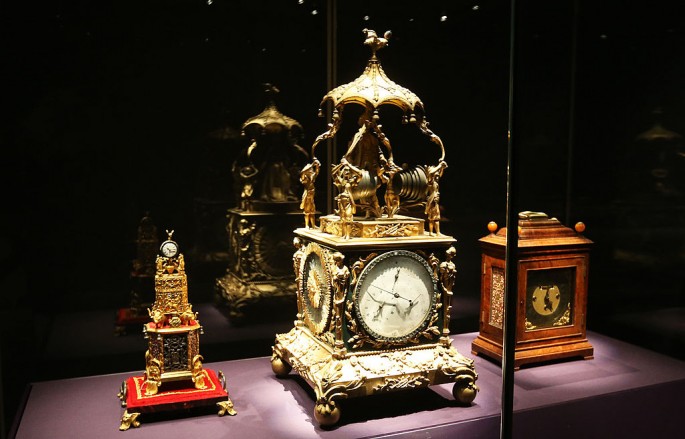More than being impressed with the history and craftsmanship of Palace Museum treasures, guests can now take a piece of Chinese history home, according to a report by Today Online.
Museum officials have started selling special merchandise ever since the Chinese economy took off. The museum sells a wide range of goods, from earphones inspired by Empress Dowager Cixi’s prayer beads to recipes straight out of the imperial court’s secret cookbook.
These recipes were sold on Tmall and included the Empress Dowager’s favorite sticky date pancakes and black sugar ginger tea.
“There are loads of thrilling royal recipes at the Forbidden City,” Yuan Hongqi, a researcher at the Palace Museum, told Today Online.
“We want to find good platforms to make them only a few clicks away from consumers, and turn them into revenues.”
It’s not an uncommon practice for museums to peddle cultural goods. The Metropolitan Museum of New York has long sold such merchandise since the late 1990s, selling silk scarves inspired by Monet. Meanwhile, the British Museum in London sells umbrellas inspired by ancient Egyptian sculptures.
Even the National Palace Museum in Taiwan has been dabbling in cultural merchandise since the 2000s. One of its earliest goods included mouse pads with the image of Chinese masterpieces. Replicas of the most prized treasures in the museum have also been on sale for much longer.
The Palace Museum is a bit late to the game, but it is adapting fast.
“We have rolled out Forbidden City-themed power banks, soap containers, sticky notes, and chopsticks,” Shan Jixiang, director of the Palace Museum, said. “Revenue growth has been robust.”
Sales from the Palace Museum’s cultural merchandise all go back to the facility to fund an ongoing renovation project: the restoration of the museum’s imperial-era look. The renovation is expected to wrap up in 2020.



























